Behind the dazzling wines of the wild Azores
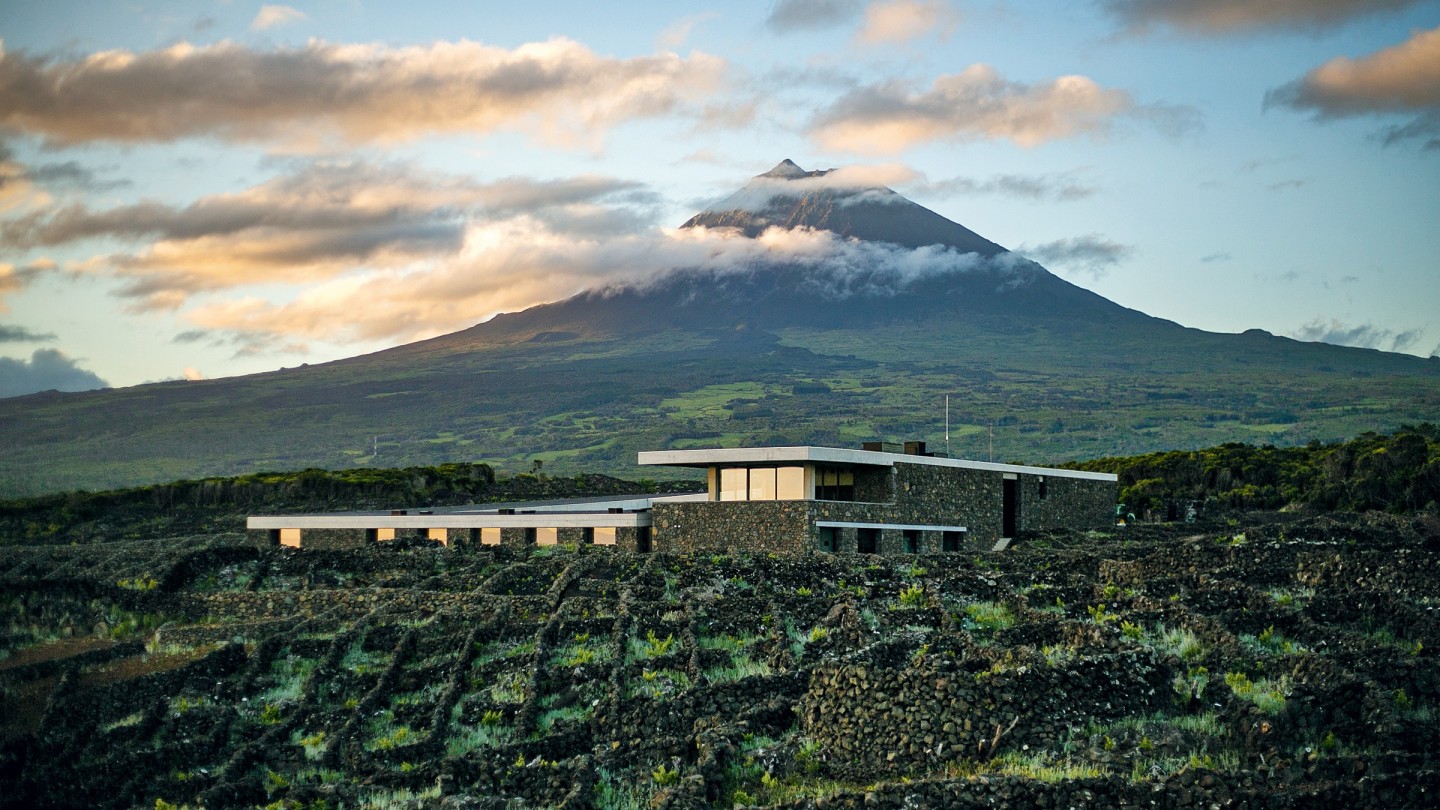
Roula Khalaf, Editor of the FT, selects her favourite stories in this weekly newsletter.
In the middle of the Atlantic, almost 1,000 miles west of mainland Europe, lies the Azores archipelago – and in its midst, the volcanic island of Pico, home to some of the most striking and inhospitable vineyards in the world. Eked out of the rubbly lava, this terrain takes winemakers to the edge. When the first settlers arrived in the late 15th century, there was so little topsoil they had to plant vines in cracks in the rocks and fill them with earth from a neighbouring island. Buffeted by high winds and stormy seas, they had to build shelters for their vines too – hundreds of basaltic dry-stone enclosures known as currais, or corrals, that criss-cross the landscape like ruins of some ancient civilisation. It’s here, in this hostile environment, that one of Portugal’s most hotly tipped winemakers, António Maçanita, has chosen to build a new winery: a stylish slice of brutalist architecture (with lodgings) that he and his two co-founders hope will put Pico on the map for adventurous wine-lovers. “Pico is so intense in what it can express in a wine,” says 41-year-old Maçanita. “If you don’t mess with it, this place makes wines that are electric, ocean-driven and pure, like nothing you’ve tasted before.”
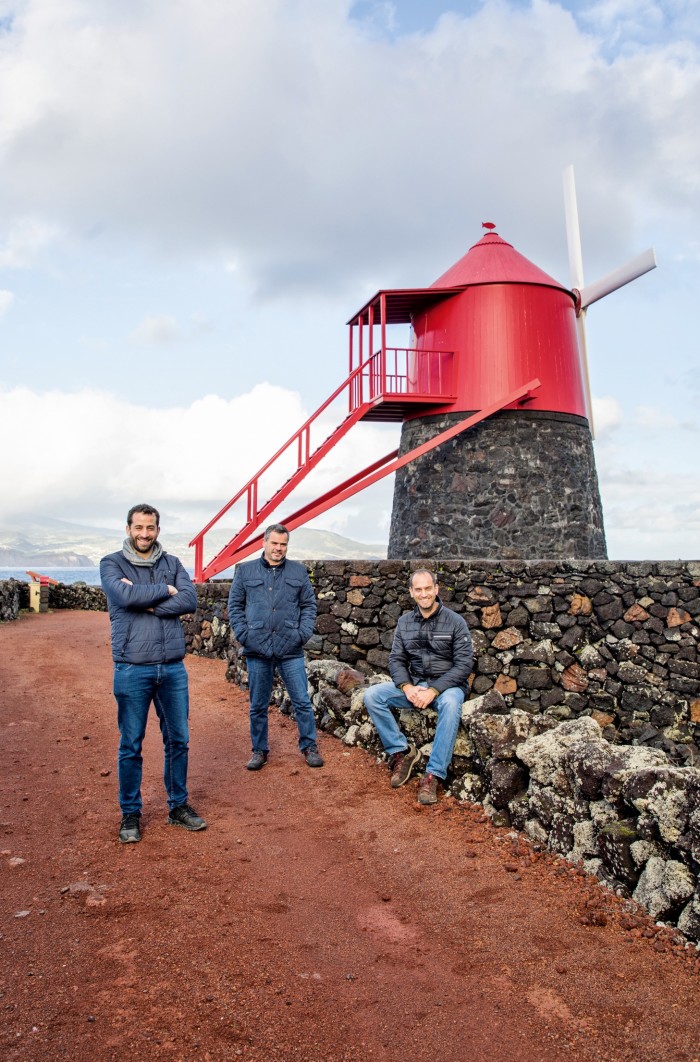
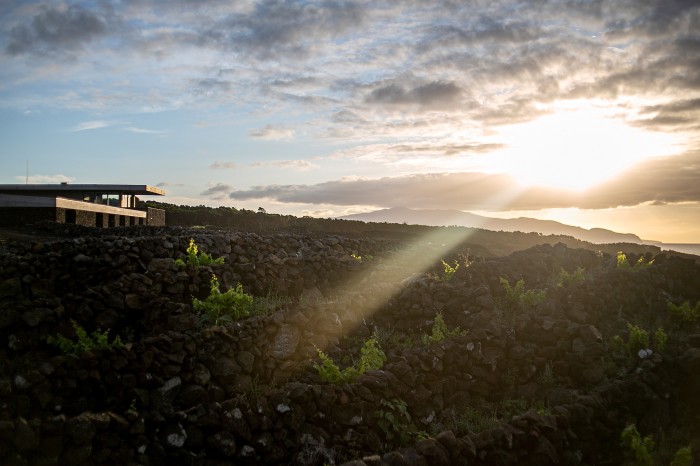
Half-Azorean by birth, Maçanita has been mesmerised by Pico since he was a child: “My parents often took us there on summer holidays, so building this winery was partly about returning to my roots.” It was the island’s preponderance of native and endangered varietals that prompted him to co-found the Azores Wine Company in 2014: a boutique winery that has grown to become one of the most significant – and renowned – producers in the Azores.
Its signature range is the Rare Grape Collection, a series of thirst-slaking, racy whites showcasing the archipelago’s indigenous grapes: the citric Arinto dos Açores; the more aromatic, almost passionfruit-y Verdelho O Original (not to be confused with Spain’s Verdejo or Verdelho from mainland Portugal); and the rarely-seen Terrantez do Pico, a grape with a fino-like saltiness and a tongue-prickling, zesty finish: “When we started working with this grape there were fewer than 100 vines left in existence.” Some of the vineyards are just metres from the water’s edge. “In Pico we have a saying,” says Maçanita. “The best vineyards are the ones where you can hear the crabs singing.” The sites closest to the sea are the most sought-after because they are the hottest – which is important in a climate where temperatures rarely climb above 27°C. But they are also the most high-risk: “In a recent storm, we lost seven rows of vines to the waves,” he says, looking a little bit thrilled.
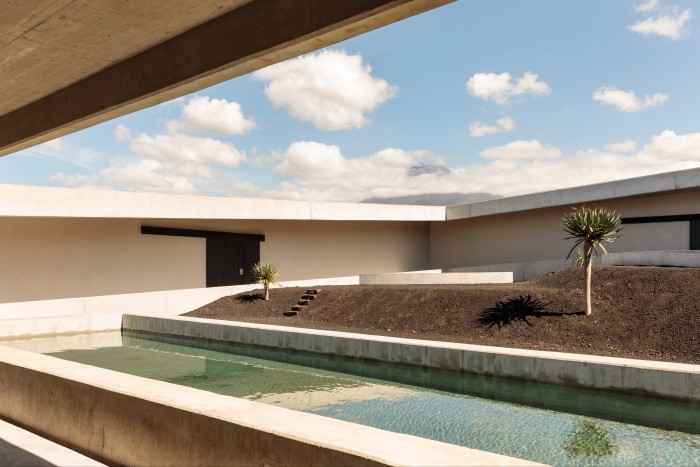
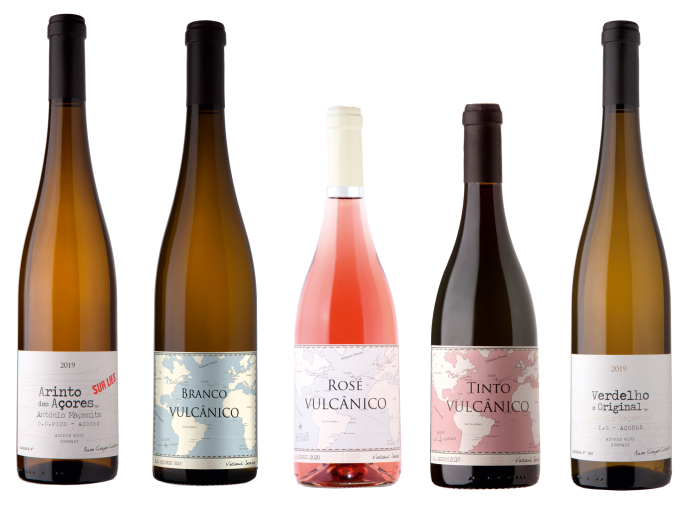
The new winery is dazzling, its planes of glass, smooth concrete and rough stone emerging from the landscape like a Stone Age spaceship. Designed jointly by the Portuguese architectural practice SAMI and Londoners DRDH, it is utilitarian on the outside. But inside it is serene, almost monastic, with the six self-catering apartments, winery, tasting room and restaurant all arranged around a cloistered courtyard. On the exterior, terraces and huge picture windows look out over sea and vines, while in the centre a bed of black lava is planted with dragon trees and a fire pit for barbecues and star-gazing. “On Pico everyone has their own adega, a place where they grow a few vines and can get together with friends and have a barbecue and open a few bottles of wine – we wanted it to feel a bit like that,” explains the company co-founder Filipe Rocha. “We wanted it to feel like a place where everything is connected.”

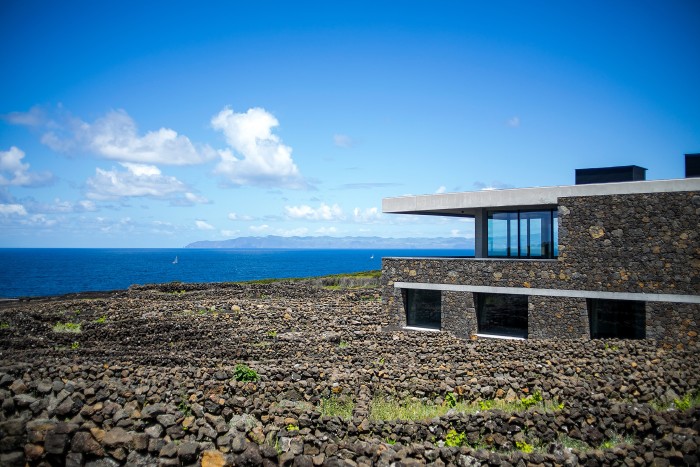
The winery does not have a restaurant in the conventional sense, but it is equipped with a polished concrete dining room and sea-view terrace for private dinners and tastings. And the calibre of chefs is set to be high: Rocha used to be the organiser of 10 Fest Azores, a gastronomic festival in the Azores that attracted Michelin-starred chefs and sommeliers from all over the world. There are no beaches on Pico, but there is still plenty to do – guests can take vineyard tours, climb the island’s volcano Mount Pico (last eruption: 1720), explore lava caves, go whale watching and swim in blue seas warmed by the Gulf Stream. Or just relax in an Eames chair in the winery’s light-filled tasting room, and lose themselves in the ever-changing seascape.
“I want to capture what makes a region unique – my definition of terroir is something that you cannot repeat anywhere else,” says Maçanita. If that’s the case, then it’s job done – because this winery is one of a kind.
Comments